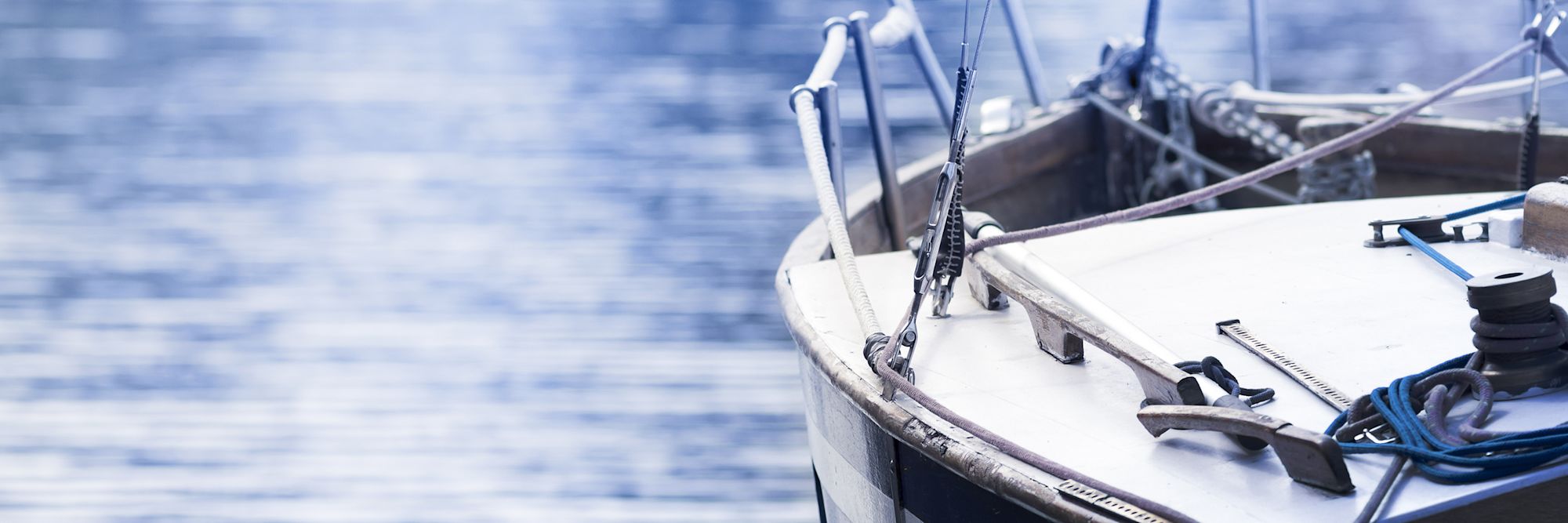When you first joined the workforce, I’m sure you noticed the differences in how people carry out their responsibilities and how they interact. There are unique dynamics within every group of people.
Depending on how your team is structured, you may need to approach questions or problems in different ways. Some people just need the two-minute breakdown to provide a quick response, while others need to see all the documentation and research the issue before making a decision.
Certain team members may need face-to-face interactions with personal, uninterrupted time to process facial expressions and body language. Others prefer emails so they can respond to multiple people at the same time or to have a record of conversations, ideas, and decisions.
Although we each have our own style, like boats, we all get to the same destination in our own ways. Clearly our co-workers are more nuanced than boats, but humor me with a little comparison.
Speedboats — our on-the-go teammates who move and think fast. They change directions quickly and always have someplace to go.
Tug boats — these represent the muscle behind the machine. They are working all that magic behind the scenes that makes sure things work smoothly.
Cargo ships and barges — these are your “been there, done that” resources loaded with information, knowledge, and experience.
Cruise ships — the fun people everyone likes to be around because they make work bearable. They stop and talk to everyone and have contagious smiles and irresistible personalities.
Sail boats — go-with-the-flow people who are laid back and get things done at their own steady pace.
Rescue boats — these people keep the team on track. They ensure clear boundaries and safe waters. When things get a little rough, they help you out of a difficult situation.
Ok, let’s not call them out by name, but you get my point. People have different styles of operating in the workplace. How do we take our differences and align them in a productive and meaningful way?
First, we have to realize that we are different and respect those differences. We are not cookie-cutter humans or an army of robots. Observe the differences and capitalize on the strong points. Sometimes the tug boat has to push others to get work done, but all work and no play makes a boring work day; so sometimes the cruise ship helps the tug boat smile. The sailboats on the team don’t get caught up in all the drama; they’re a great reminder to relax and enjoy the ride.
Secondly, we have to figure out how to interact among these people who are either similar or different from us. Speed boats zip and zoom on their way to the next destination, and rescue boats keep them within the boundaries, relying on the wealth of knowledge from the team’s cargo ships to help establish those boundaries.
Lastly, we have to realize that differences are what make us unique, and we need all kinds of people to accomplish our goals. Recognizing that people think, communicate, operate, and interact differently than you can really help you in the way you respond and approach your daily tasks. Take a moment to reflect on these differences and remember…not everyone can be a speedboat.





